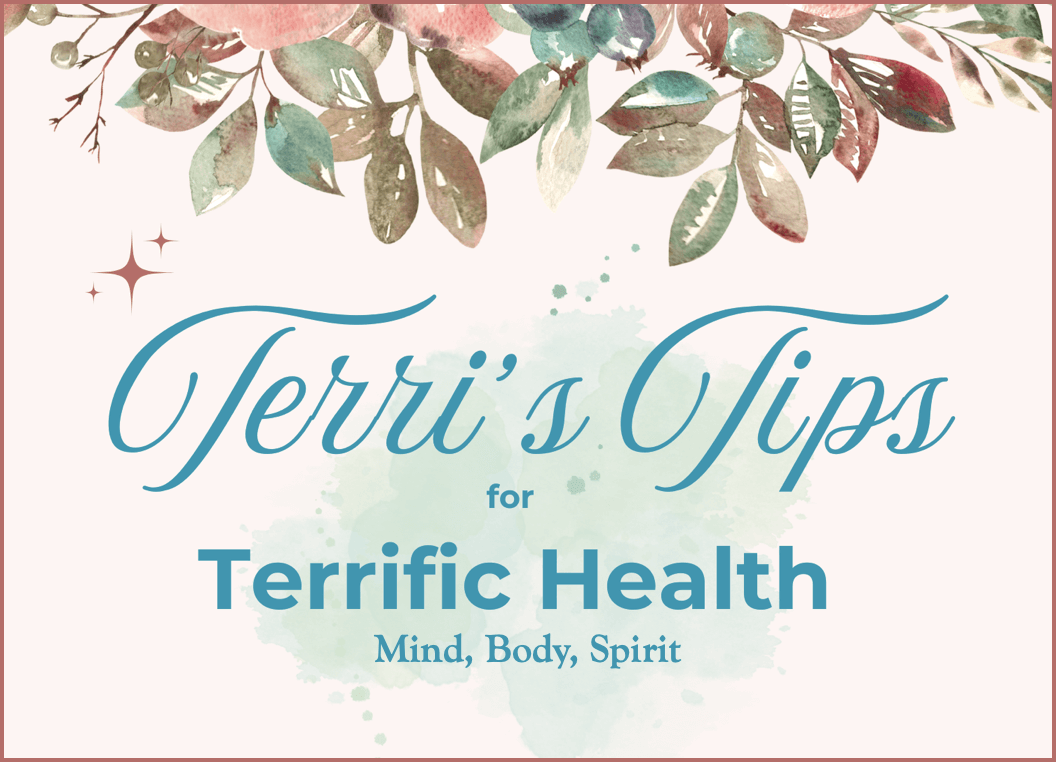 As we've drifted further from the natural world, we've also lost touch with our own intuitive wisdom—an innate sense that guided humans in maintaining health and resilience for countless generations. While modern science and intellect have given us valuable insights, they have also contributed to a level of suffering unprecedented in human history. The deep connection between people and nature has long been recognized, especially in ancient healing traditions where shamans understood how to work with plants and their medicinal properties through intuition and experience.
As we've drifted further from the natural world, we've also lost touch with our own intuitive wisdom—an innate sense that guided humans in maintaining health and resilience for countless generations. While modern science and intellect have given us valuable insights, they have also contributed to a level of suffering unprecedented in human history. The deep connection between people and nature has long been recognized, especially in ancient healing traditions where shamans understood how to work with plants and their medicinal properties through intuition and experience.I often enjoy sharing cutting-edge research, but sometimes, older studies hold some of the most profound insights. One such study from the 1920s offers a fascinating look at instinctive eating. Dr. Clara Davis conducted a six-year experiment with 15 orphaned infants, allowing them to self-select from 33 whole, unprocessed foods—including meats, vegetables, fruits, milk, grains, and organ meats plus cod liver oil—without any external guidance. Unprocessed means no canned foods, either. The caregivers simply presented the food, giving the children complete freedom to choose what and how much they ate at each meal.
The staff were under strict orders:
“The nurses’ orders were to sit quietly by, spoon in hand, and make no motion. When, and only when, the infant reached for or pointed to a dish might she take up a spoonful and, if he opened his mouth for it, put it in. She might not comment on what he took or did not take, point to or in any way attract his attention to any food, or refuse him any for which he reached.”
Here is the list of foods. Not all of these were offered at every sitting, but they were the only foods provided to the children.
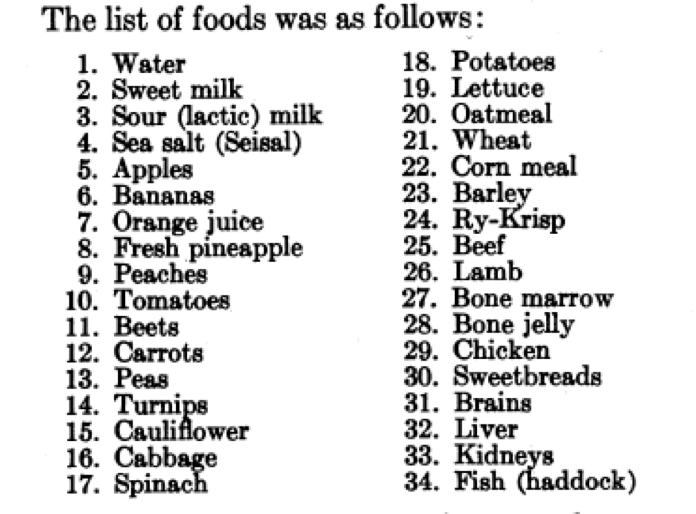
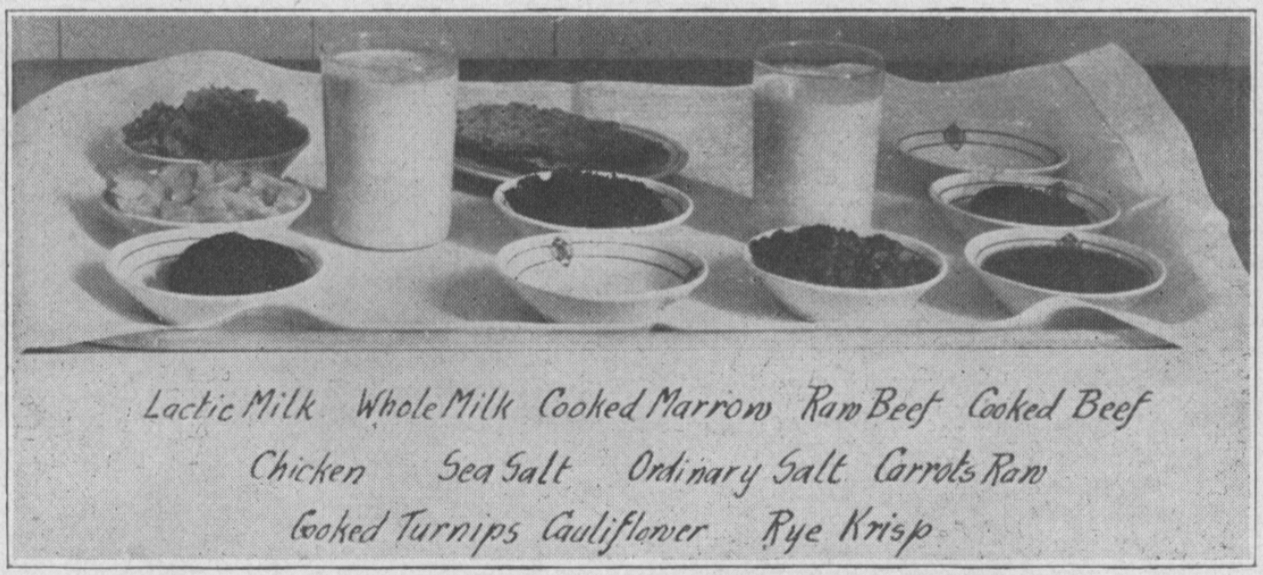
Key Findings
- The children instinctively selected a diet that met their nutritional needs without any external prompting.
- Despite random-looking meal choices, over time, the children self-regulated their intake and achieved optimal health.
- A child with rickets (a vitamin D deficiency) naturally consumed large amounts of cod liver oil until their condition improved, then stopped.
- None of the children became malnourished or deficient, even without dietary guidance.
Why It Matters Today
Davis’s study suggests that, when exposed only to whole, unprocessed foods, the human body has an innate wisdom to balance nutrients. However, in today’s world of ultra-processed foods and artificial flavors, our natural hunger cues may become disrupted.
This research aligns with the philosophy of listening to the body’s needs and consuming nutrient-dense, whole foods—something that fits well with ancestral and animal-based diets.


Dr. Clara Davis’ experiment offers profound insights into modern nutrition, particularly in how we approach feeding children and even ourselves. Her study revealed that when given only whole, unprocessed foods, children intuitively chose what their bodies needed for optimal health. This contrasts sharply with today’s food environment, where ultra-processed foods, artificial flavors, and hidden additives interfere with our natural hunger and satiety signals.
How This Applies to Modern Nutrition
1. The Body Knows What It Needs—If Given the Right Options
Davis’ study suggests that, when not influenced by processed foods, the body self-regulates its intake of essential nutrients. Today, however, hyper-palatable foods (high in sugar, refined carbs, industrialized fats, and additives) override these natural instincts, leading to overeating, nutrient deficiencies, and chronic disease.
🔹 Takeaway: Prioritizing whole, nutrient-dense foods—such as grass-fed meats, organ meats, eggs, raw dairy, and fresh fruits and vegetables—may help restore natural appetite cues and prevent common health issues like obesity and metabolic disorders.
2. Childhood Nutrition: Letting Kids Lead with Real Food
Parents often struggle with picky eaters, but Davis’ study suggests that if children are exposed to a variety of whole foods without pressure, they will naturally choose a balanced diet over time.
🔹 Takeaway: Instead of forcing specific foods, offer children a selection of real, whole foods and allow them to explore their natural preferences. Avoid introducing ultra-processed options that can disrupt their instincts.
3. The Connection to Animal-Based and Ancestral Diets
Davis’ findings align with the wisdom of ancestral diets, which emphasize nutrient-dense animal products and seasonal whole foods. Traditional societies thrived on organ meats, animal fats, and raw dairy—foods rich in bioavailable minerals and vitamins that modern processed diets lack.
🔹 Takeaway: Returning to an ancestral or animal-based way of eating—focusing on high-quality proteins, healthy fats, and naturally sourced nutrients—supports the body’s intuitive wisdom and biophoton energy for optimal health.
To be totally honest, there are other differences in our world today that would affect the children’s health besides giving them food options. In order to come closer to connecting to the natural world, we need to get a grasp of the following:
- Fewer environmental toxins – Homes had far fewer synthetic chemicals, including hormone disruptors found in plastics, cleaning products, and personal care items of today.
- Richer, more nutrient-dense soils – Farmland had not yet suffered from the extensive depletion of minerals and nutrients caused by industrial farming and overuse of chemical fertilizers.
- Minimal pesticide and herbicide exposure – Synthetic pesticides and herbicides were rarely used, meaning food was grown with fewer chemical residues.
- Whole, Unprocessed Foods – Most people ate home-cooked meals made from scratch with fresh, whole ingredients. Highly processed and ultra-processed foods were not widely available. The farm-fresh foods also had more nutrients than what is available in our fresh foods today. They also are not trucked or flown in from thousands of miles away.
- No Industrial Seed Oils – People cooked with animal fats like lard, butter, and tallow rather than vegetable oils (canola, soybean, corn oil) that are now linked to inflammation and metabolic disease.
- Less Sugar Consumption – Sugar intake was significantly lower, as processed snacks and sugary beverages were rare. The average sugar consumption per person was a fraction of what it is today.
- More Physical Activity – Life was more physically demanding. People walked more, did manual labor, and engaged in household tasks that required movement.
- No Artificial Additives – Foods did not contain preservatives, artificial colors, or flavor enhancers like MSG, which are now common in processed foods.
- Less EMF Exposure – There were no cell phones, Wi-Fi, or other constant electromagnetic radiation sources that may impact health.
- Stronger Community and Social Connection – Families and communities were often closer, which supported mental and emotional health. Chronic stress and social isolation were less prevalent.
- More Sunlight Exposure – Without indoor-centered lifestyles, people got more natural sunlight, which supports vitamin D levels and circadian rhythm. regulation.
- Better Sleep Quality – No blue light from screens, artificial lighting, or 24-hour entertainment meant that people followed natural sleep-wake cycles more closely.
Final Thought
Although Dr. Davis' work focused on children, the same principles apply to adults. Her research reinforces a simple truth—real food nourishes, while processed food confuses. Her findings align with the wisdom of Weston A. Price, who documented the perfection of traditional diets within their natural environments. By removing artificial influences and embracing whole, unprocessed foods in a toxin-free home, both children and adults can reconnect with their innate ability to eat intuitively, heal naturally, and thrive.
As important as creating the healthiest home environment is, I do not recommend a sudden change to the principles outlined here. My next blog post will help you gradually and knowingly create that ideal environment:
AFFILIATE DISCLAIMER: I’m a proud affiliate for some of these tools and products that are suggested on this page and throughout my site. If you click on a product and make a purchase, I may earn a small commission at no extra cost to you. My recommendations are based on knowledge and experience and I recommend them because they are genuinely useful, not because of the small commission I may receive |





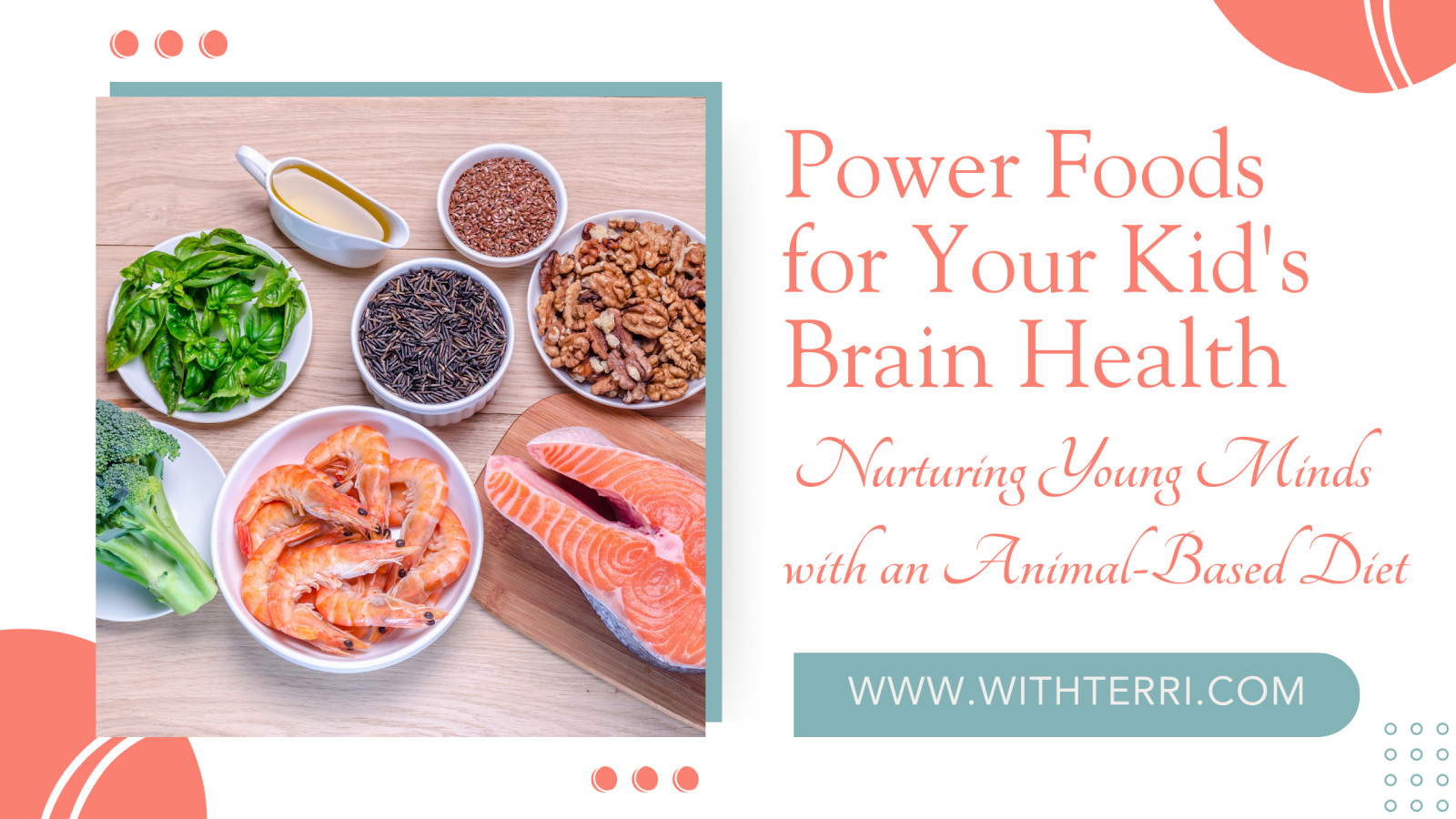

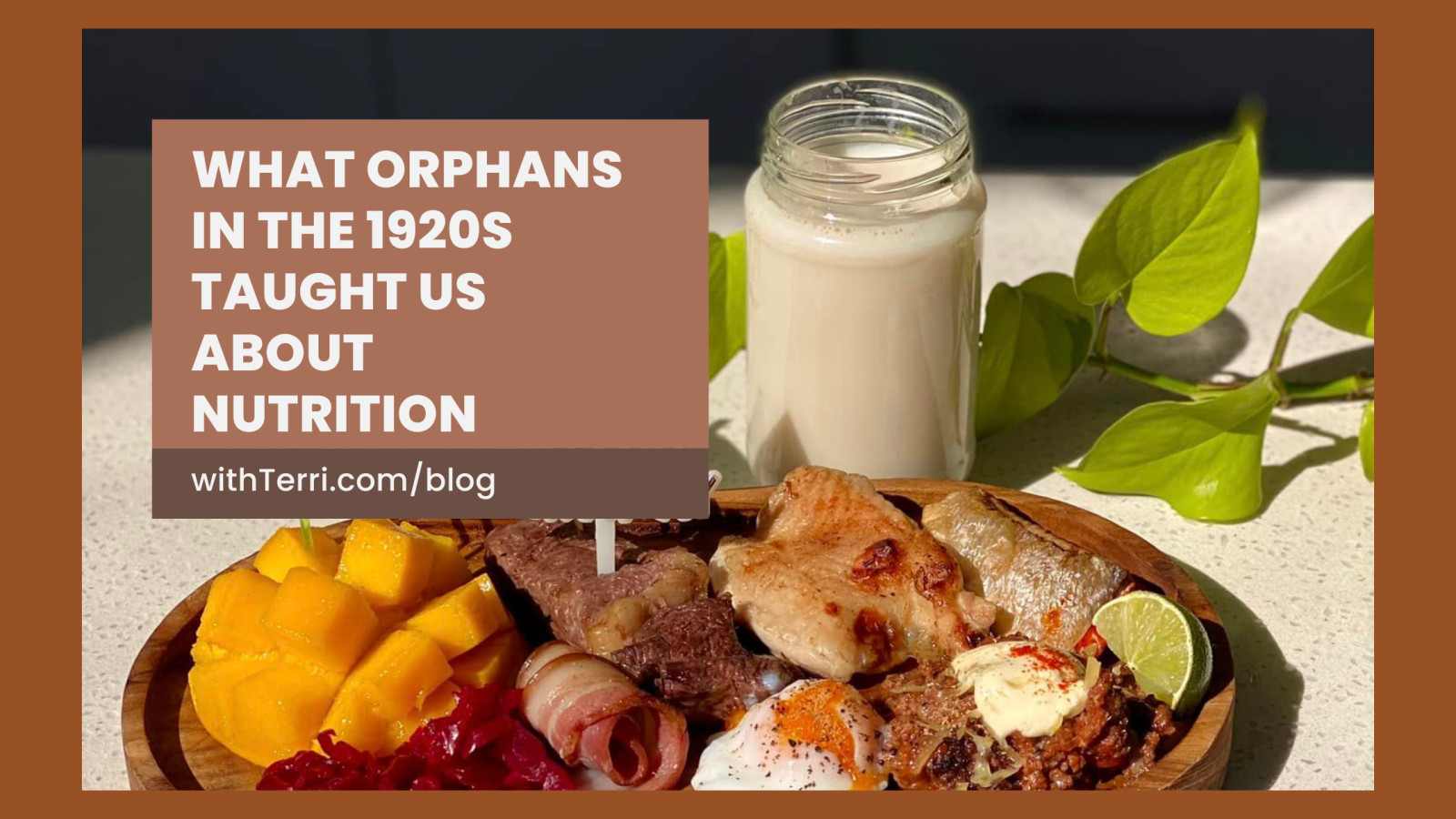





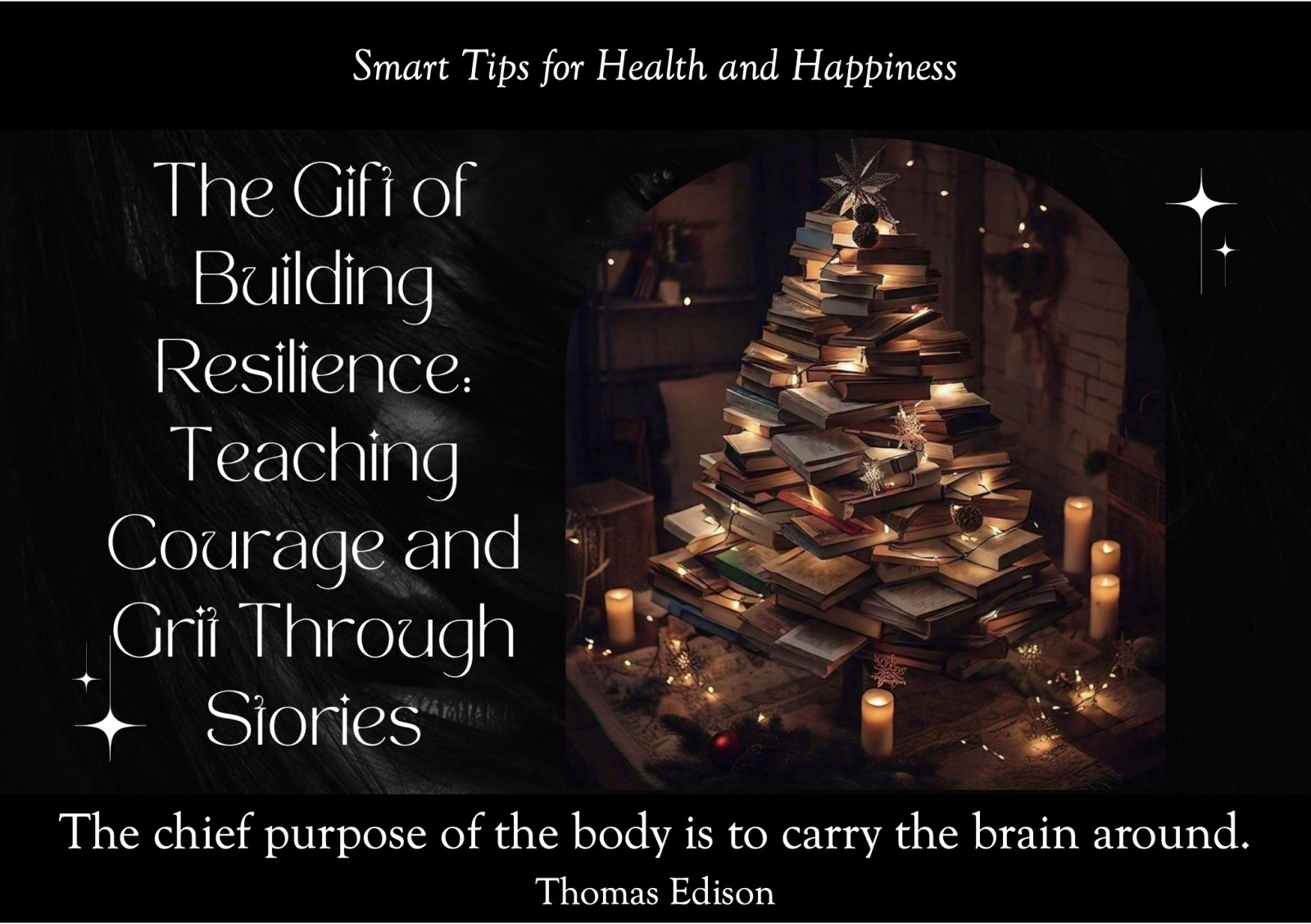

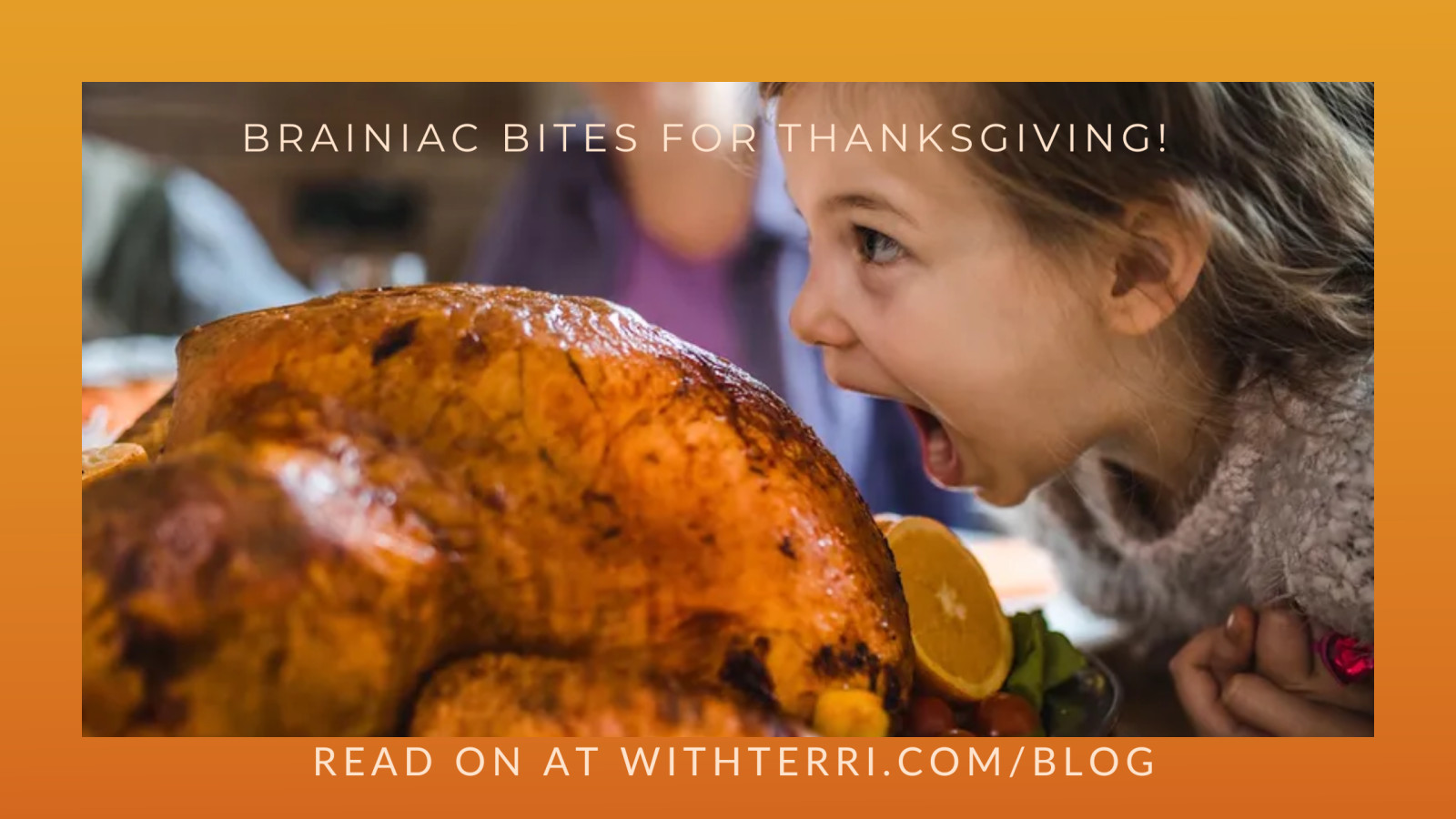



0 Comments